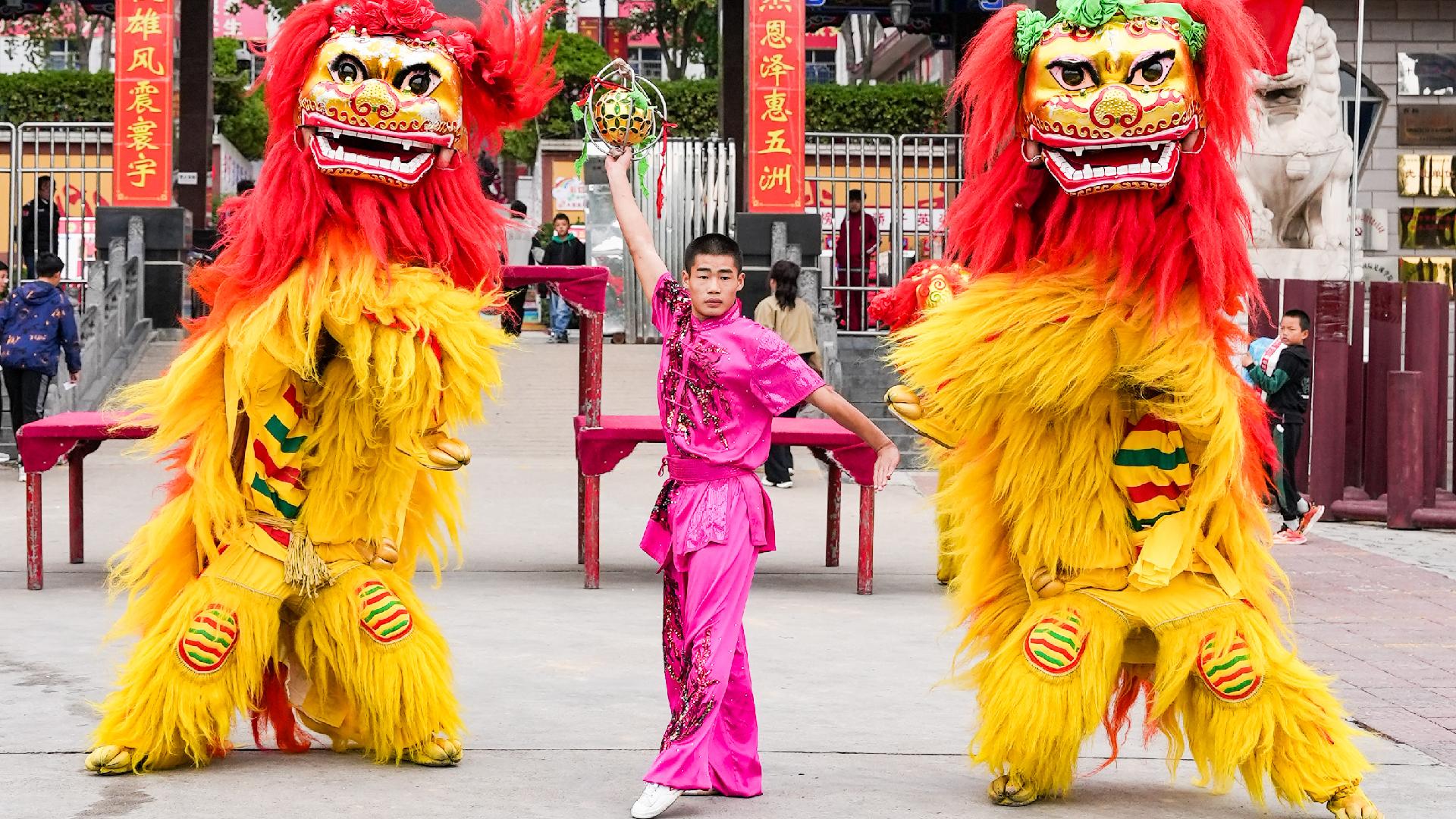Lion Dance: The Dynamic Kung Fu Tradition Preserving Cultural Heritage
Nation's lion dance preserves a millennium-old kung fu tradition, showcasing rich cultural heritage.

The lion dance dazzles audiences with its vibrant costumes and energetic choreography, but behind the spectacle lies a deep connection to the art of kung fu. For centuries, this traditional performance has been an essential part of festivals and celebrations, believed to bring fortune and drive away evil spirits. At the heart of every lion dance is the mastery of martial arts, where performers must harness agility, strength, and precise timing to bring the mythical creature to life.
Much of the physicality seen in the lion dance draws from classic kung fu stances and techniques. Movements such as crouching, leaping, and intricate footwork require hours of disciplined practice, often beginning with foundational exercises like the horse stance—a position crucial for building both endurance and stability. The performers’ ability to synchronize breath with movement echoes traditional martial arts training, where control of energy, or “qi,” is just as important as muscle power.
At Shaolin schools, young students undergo rigorous routines that blend dance with combat forms. This melding is evident when lion dancers execute high jumps onto narrow platforms, a feat that demands not only physical prowess, but also an intense mental focus. It is these qualities—explosive power paired with fluid grace—that have allowed the lion dance to evolve into a symbol of cultural resilience and unity throughout Chinese history.
Each performance is also an act of storytelling. The lion's expressive eyes blink, its head tilts curiously, and its tail swishes with personality—the result of careful coordination between performers inside the elaborate costume. Their movements, dictated by ancient lore and local customs, pass down stories from generation to generation, strengthening community bonds and keeping martial arts traditions alive.
Today, the lion dance continues to thrive both in China and abroad, celebrated at New Year’s festivities, weddings, and grand openings. Its enduring popularity underscores the timeless appeal of blending martial discipline with joyful celebration, making the lion dance not just a performance, but a living heritage connecting people with their roots and with each other.




